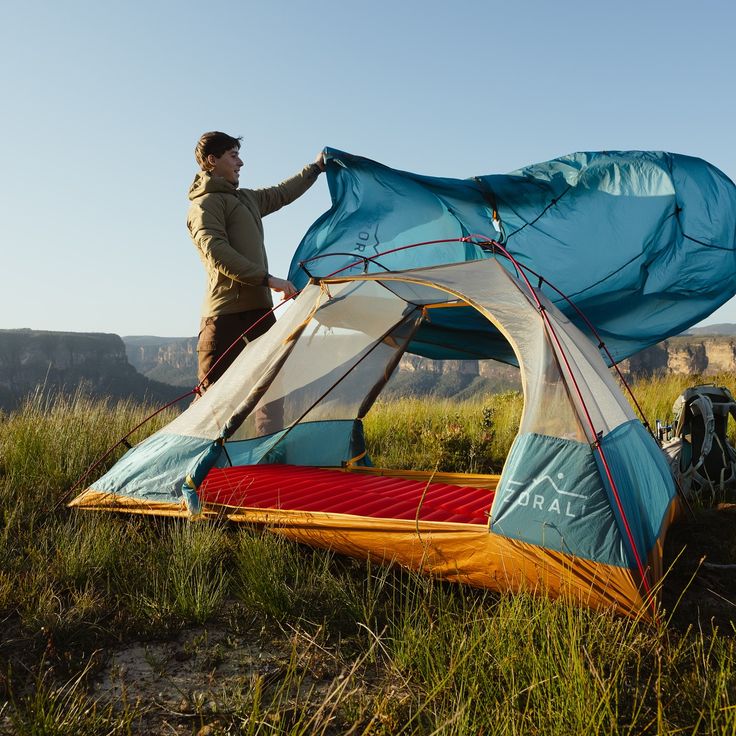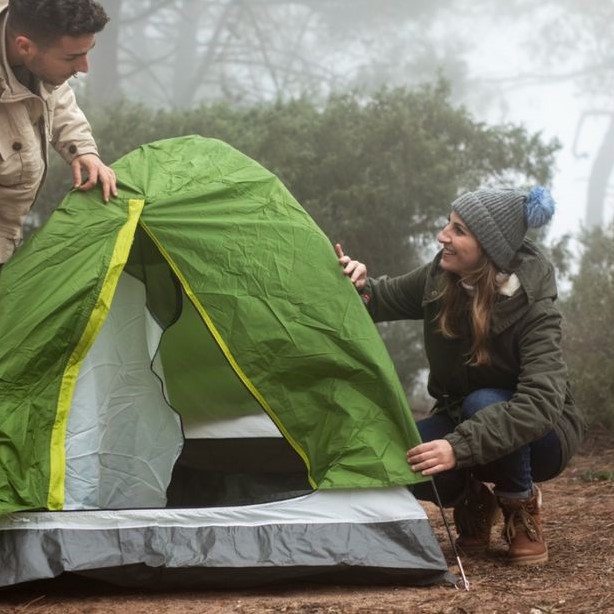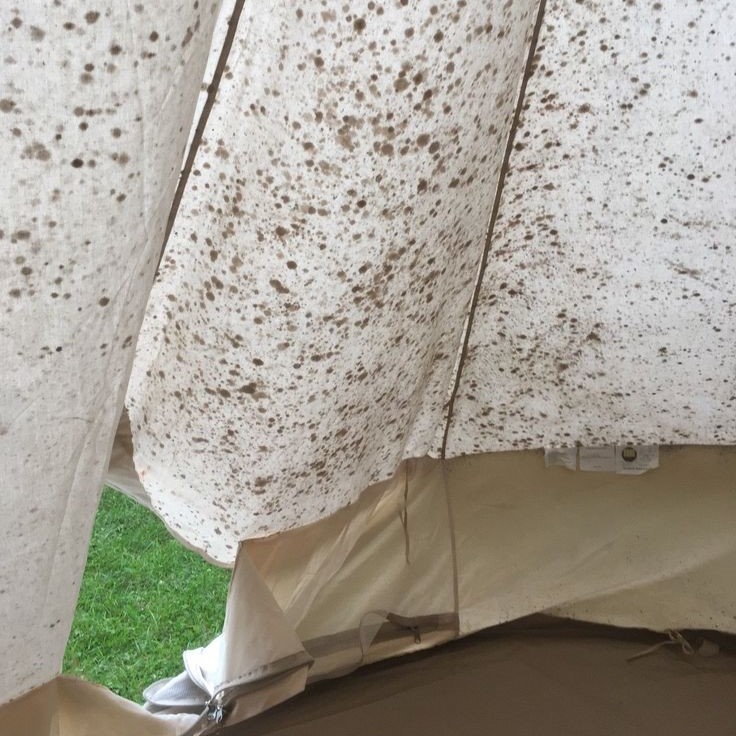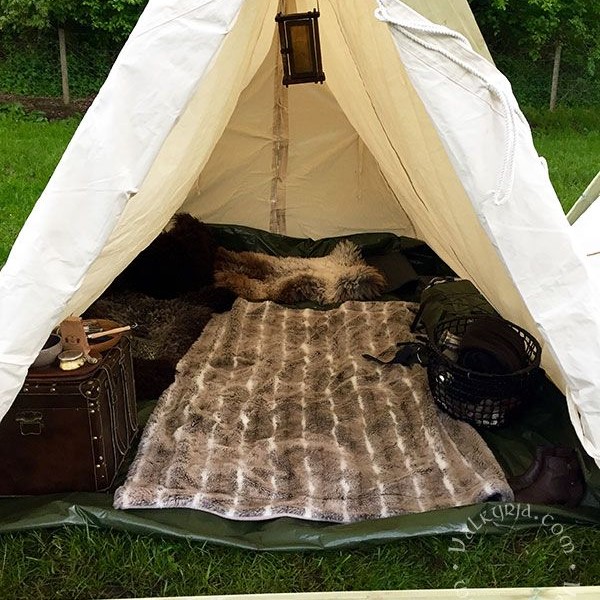Why Cleaning Your Tent Matters
If you’re an avid camper or someone who enjoys outdoor adventures, knowing how to clean a tent is essential. A clean tent not only ensures comfort but also extends the lifespan of your gear. Over time, dirt, sweat, and environmental elements can damage the fabric and zippers. This deterioration affects both performance and durability. By adopting proper cleaning practices, you safeguard your investment while ensuring a pleasant experience each time you use it.
Moreover, maintaining cleanliness enhances waterproofing properties and prevents unpleasant odors from forming inside the tent. Regular care keeps mold, mildew, and stains at bay, making your tent ready for any trip. So, whether you’re preparing for a weekend getaway or long-term backpacking, learning effective cleaning techniques becomes crucial.

Now, let’s dive into the basics of tent maintenance before exploring specific steps.
Pre-Cleaning: Before You Start
Before diving into the process of how to clean a tent, it’s vital to prepare. Pre-cleaning steps set the stage for a thorough cleaning. Here’s how to start:
- Check the Manufacturer’s Instructions: Begin by reading the care tag or manual that came with your tent. It has specific guidelines on cleaning and handling the tent materials.
- Gather Your Cleaning Supplies: You’ll need mild soap, a non-abrasive sponge, a soft brush, and clean water. Avoid harsh chemicals that might damage the fabric.
- Find a Suitable Cleaning Area: Choose a spot that’s well-ventilated and spacious enough for your tent to be laid out flat. A clean, dry surface or tarp can protect your tent from ground dirt.
- Empty the Tent: Ensure that the tent is empty. Shake it to remove any loose dirt or debris from the inside.
- Inspect the Tent: Look for any damage, such as tears or broken zippers. Addressing these issues first prevents further harm during the cleaning process.
This pre-cleaning phase is critical to an effective and safe tent cleaning routine. By following these steps, you’ll ensure that the actual cleaning phase is smooth and more efficient.
Unpacking and Initial Assessment
After pre-cleaning preparations, your next steps are crucial. The unpacking and initial assessment phase sets the condition for how to clean a tent in the most effective way.
- Carefully Unpack Your Tent: Gently remove your tent from its storage bag to avoid snapping any fragile components. Lay all the pieces on your clean, flat surface.
- Conduct a Thorough Assessment: Examine each part of the tent, including poles, pegs, and fabric. Look for signs of wear and tear, mold, or areas that need special attention during cleaning.
- Determine Specific Cleaning Needs: Check for fresh or set-in stains, mildew spots, or soil marks. Decide which areas require spot cleaning before the overall wash.
- Organize Your Cleaning Approach: Plan the order in which you will clean the tent components. This helps ensure you do not miss any sections that need care.
- Ready Your Workspace: Ensure your area stays clean. Keep your tools and cleaning solutions within easy reach to streamline the process.
A methodical unpacking and assessment not only help locate potential problems but also inform the best approach to clean your tent effectively. Attention to detail during this stage paves the way for successful maintenance, preserving your tent for future adventures.
Brushing Off Loose Dirt and Debris
Before you use any water or cleaners, start with brushing your tent. This step plays a vital part in how to clean a tent. Use a soft-bristled brush or a non-abrasive sponge to gently sweep off the tent fabric. Clean both the inside and outside surfaces.
Here are key actions to take:
- Dry Brush the Fabric: Gently brush all surfaces to dislodge and remove loose soil. Pay extra attention to the folds and creases where dirt can hide.
- Clean the Zippers: Run the brush along the zipper teeth. This clears away grit that could wear down the zippers over time.
- Wipe Down Tent Poles: Use a slightly damp cloth to clean the poles. This prevents dirt from building up which might damage the elastic inside.
- Shake Out the Groundsheet: If your tent has a separate groundsheet, pick it up and shake it vigorously to get rid of any loose debris.
By carefully brushing off loose dirt and debris, you prepare your tent for more intensive cleaning. This makes the next cleaning steps more effective and helps to maintain the quality of your tent materials.
Spot Cleaning Stains and Spots
When tackling how to clean a tent, direct your attention to visible stains and spots early. Spot cleaning targets these areas without fully washing the tent. Follow these steps:
- Prepare a Cleaning Solution: Mix mild soap with water. Avoid strong detergents.
- Apply the Solution Directly: Use a soft cloth or sponge. Dab it onto the stains.
- Rub Gently: Push softly in circular motions. Do not scrub hard as it can harm the fabric.
- Rinse Thoroughly: After spot cleaning, rinse the area with clean water. Ensure no soap residue remains.
- Blot the Wet Spot: Take a dry towel and press it against the cleaned area. This helps absorb moisture.
- Air Dry Before Packing: Let the tent dry completely. Dampness can lead to mildew growth.
Repeat these steps if needed, until the stains have faded or are no longer visible. Preventing long-term damage starts with a spot check and ends with proper drying.
Washing Your Tent: Hand Wash vs. Machine Wash
Once your tent is free from loose dirt and you’ve spot cleaned the tricky areas, it’s time for a deeper clean. Washing your tent can be done in two ways: hand wash or machine wash. Each method has its pros and cons, and choosing the right one is crucial for your tent’s longevity.
Hand Washing Your Tent
Hand washing is often the safer option as it is gentle and allows you to control the process:
- Fill a Tub with Lukewarm Water: Use mild soap and avoid hot water.
- Submerge the Tent: Gently place your tent in the water.
- Swish Gently: Move the tent around carefully to clean every part.
- Rinse Thoroughly: Replace the water until it’s soap-free and continue rinsing.
- Dry Completely: Before storing, make sure your tent is thoroughly dry.
Machine Washing Your Tent
Machine washing can be risky, but it’s quicker. If you must use a machine, stick to these rules:
- Use a Front-Loading Washer: A top-loader can damage your tent with its agitator.
- Gentle Cycle: Always choose the delicate setting.
- Mild Detergent: Select a gentle soap.
- Rinse Well: Run multiple rinse cycles to get all the soap out.
- Never Use a Dryer: Air dry your tent instead to avoid heat damage.
Remember, not all tents are machine-washable. Always check the manufacturer’s instructions to prevent ruining your tent. Most experienced campers prefer hand washing to protect their investment. Choose the best method based on your tent’s material and cleaning needs.
Drying Your Tent Properly to Avoid Mildew
After cleaning your tent, drying it correctly is crucial. Proper drying prevents mildew and extends tent life. Here’s a step-by-step guide:
- Find a Shady, Breezy Area: Sun can fade fabric and cause damage.
- Hang or Elevate the Tent: Ensure air can circulate around and inside the tent.
- Flip Regularly: Shifting positions helps all parts dry evenly.
- Check for Dampness: Touch parts like seams that take longer to dry.
- Wait Until Completely Dry: Always avoid storing your tent damp.
- Avoid Direct Heat Sources: Heaters can warp and damage tent materials.
Let your tent dry naturally. Rushing this process by using heat can harm the fabric. Take your time and make sure every part is bone dry. Only when it’s fully dry should you proceed with storage.|
Re-waterproofing Your Tent
After a thorough cleaning, your tent may need re-waterproofing. This step is key to ensuring your tent remains resistant to water and the elements. Here’s what you need to do:
- Select a Waterproofing Spray: Choose one that’s suitable for your tent’s fabric. Read labels carefully.
- Set Up Your Tent: Erect your tent in a well-ventilated area. It should be completely dry.
- Apply the Spray: Spray the waterproofing solution evenly on the tent’s outer surface.
- Let It Soak In: Give the solution time to fully penetrate the fabric.
- Wipe Excess: Gently wipe off any excess solution with a damp cloth.
- Dry the Tent: Leave your tent out to dry. Ensure the waterproofing agent sets in.
By re-waterproofing your tent, you offer it extra protection. It helps maintain its durability for your next outdoor adventure. Remember to follow the product’s instructions for the best results. When you know how to clean a tent and re-waterproof it, you add years to its lifespan.
Storage Tips for Keeping Your Tent Fresh
Once your tent is clean, dry, and re-waterproofed, proper storage is essential to keep it fresh. Follow these simple steps to ensure your tent stays in top condition for your next adventure:
Choose the Right Container
- Breathable Storage Options: When storing your tent, opt for a breathable bag rather than a plastic bin. Cotton or mesh storage bags are ideal as they allow for airflow.
- Prevention of Moisture Buildup: Storing your tent in a breathable container helps prevent moisture accumulation inside. Excess moisture can lead to mold or mildew, which can damage the fabric over time.
- Avoiding Contamination: A breathable bag also minimizes the risk of dirt and debris getting trapped against the fabric, ensuring it remains clean and ready for your next outdoor adventure.
Avoid Compressing the Tent
- Folding Techniques: Instead of stuffing the tent into its storage bag, fold it loosely. This method reduces strain on the fabric and seams, extending the life of your tent.
- Prevent Fabric Stress: Compression can cause the tent material to weaken, leading to tears or other damage. By properly folding the tent, you maintain its integrity.
- Store Accessories Separately: Keep parts like stakes, poles, and guylines organized yet separate, so they don’t poke or tear the fabric during storage.
Find a Cool, Dry Space
- Stable Temperature Environment: Choose a storage location with stable temperatures to prevent fluctuations that can affect the tent materials negatively. Extreme heat or cold can warp or weaken the fabric.
- Low Humidity Areas: Look for a space that maintains low humidity to prevent dampness that could lead to mildew. Avoid areas like basements and attics, which tend to be damp and hot.
- Ideal Storage Locations: A bedroom closet or under a bed are excellent alternatives that help keep your tent safe from environmental factors while remaining easily accessible for your next trip.
Keep it Away from Rodents
- Pest Prevention Strategies: Ensure the storage area is free from rodents and pests, such as mice or insects, that can chew through the tent material.
- Regular Inspections: Periodically check for signs of pest activity, including droppings or nests. Keeping the area clean and clutter-free helps deter pests.
- Use Deterrents: Consider using natural deterrents, such as cedar blocks or peppermint oil, to ward off rodents and keep your tent safe.
Unpack Twice a Year
- Periodic Airing Out: Make it a habit to unpack and air out your tent at least twice a year—this practice helps prevent musty smells that can develop when tents sit unused for long periods.
- Inspect for Damage: During each airing, thoroughly inspect your tent for any signs of wear, damage, or mildew. Early detection can prevent small issues from becoming significant problems.
- Refresh with Cleaning: Consider lightly cleaning your tent with a suitable cleaner during these inspections to keep it in excellent condition for future use.
Avoid Heavy Items on Top
- Protecting Tent Structure: Do not stack heavy gear or items on top of your tent during storage. This pressure can damage the poles and distort the fabric over time.
- Instilling Good Practices: Create designated storage areas for your camping gear to avoid piling items on top of your tent. Utilize shelves or bins for better organization.
- Maintaining Equipment Integrity: Keeping your tent separate from heavy equipment not only protects it but also ensures you can access your camping gear easily without disturbing the tent.
By following these guidelines, you can store your tent properly and keep it in top condition for many camping adventures ahead. Proper tent care ensures that it remains reliable, functional, and ready for use whenever you need it.
Final Thoughts on How to Clean a Tent
In conclusion, understanding how to clean a tent equips you with valuable skills to protect your gear and enhance outdoor experiences. From preparation and washing to stain removal and storage, each step contributes toward maintaining a fresh and functional tent. Remember, regular care prevents costly repairs and ensures reliability whenever you venture into nature.
By incorporating these tips into your routine, you’ll enjoy years of trouble-free usage. Happy camping—and happy cleaning!



